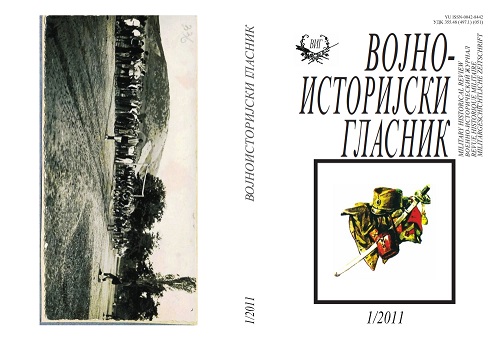Четници и капитулација Италије 1943.
Četniks and Capitulation of Italy in 1943
Author(s): Dejan SegićSubject(s): Military history, Political history, WW II and following years (1940 - 1949), Fascism, Nazism and WW II, Peace and Conflict Studies
Published by: Institut za strategijska istraživanja
Keywords: Capitulation of Italy; 1943; Četniks; The Second World War; Germans; allies; liberated territory; Partisans;
Summary/Abstract: The Italian capitulation and retreating from the war were a signal for the Germans and the two movements in Yugoslavia (Partisans and Četniks) to take advantage of the new situation. The Germans wanted to advance towards the Adriatic Coast in order to prevent the Allies from possible landing. The Četniks tried to gain better positions by filling the vacuum created by the Italian capitulation and to get ready for possible allies’ landing. The Partisan movement hoped to expand the liberated territory and augment the movement by drafting new fighters. Both movements (Partisans and Četniks) strived for strengthening their military assets by acquiring Italian weapons. Following Četniks’ advance to the vacuum created by the Italian capitulation, the Partisan movement attacked those areas and took them over, deepening the irreconcilable conflict between them and Četniks. All the events that were taking place reflected efforts to secure better positions in the wake of the expected end of the World War II.
Journal: Vojnoistorijski glasnik
- Issue Year: 2011
- Issue No: 1
- Page Range: 194-224
- Page Count: 31
- Language: Serbian

